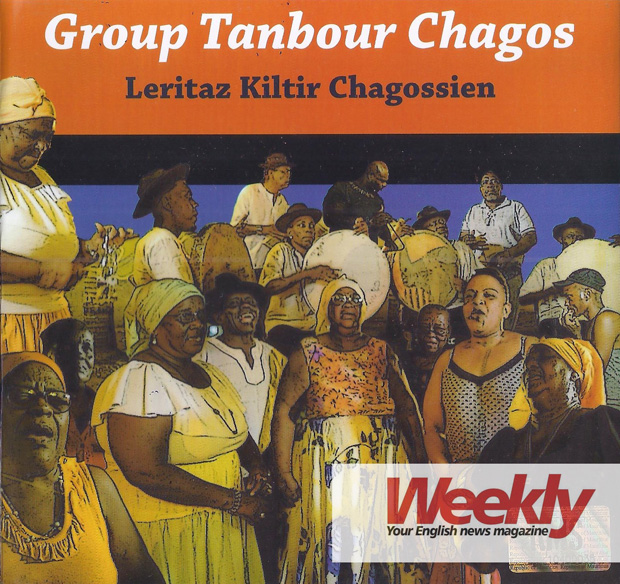Publicité
Leritaz Kiltir Chagossien: saving Chagossian culture from oblivion
Par
Partager cet article
Leritaz Kiltir Chagossien: saving Chagossian culture from oblivion

“I was thirteen. Since I was thirteen in Chagos. I was thirteen. I held the coconut knife in my hand. The British came. The British masters landed in Chagos. The British came. You, British, took our bread from our mouths.” The opening lyrics of Mo ti ena 13 an (I was Thirteen), the first track on the new album by the Group Tanbour Chagos, Leritaz Kiltir Chagossien, sound as a chilling reminder of the senseless uprooting and inhuman treatment of the Chagossian people by the British government.
The recording was carried out outdoors at the Lisette Talate Centre in Pointe-aux-Sables in April 2018 by Belgian sound engineer Philippe De Magnée – as a final bow before retirement – and Denis Essoo. The great quality of the recording enables the tanbour (the Chagossian equivalent of the Mauritian ravann) and the glass bottle struck with a metal beater which acts as triyang (tr iangle) to clearly express themselves.
Leritaz Kiltir Chagossien constitutes the fifth sega tanbour Chagos album in history. It was supported by the Cultural Heritage Across Generations (CHAGOS) project which aims to help share and preserve the cultural heritage of the Chagossian community. Other opuses include two previous albums by the Group Tanbour Chagos in 1985 and 2004, a solo album by veteran struggle leader and iconic voice in exile Charlesia Alexis in 2004 (recorded by the very de Magnée) and by the Mauritius Indian Ocean Committee (KMLI) in 1980.
On this new album – which you can download for free on filoumoris.com or chagos.online – feature 12 tracks including some ‘classics’ of Chagossian musical folklore such as Anais mama poul (Anaïs, Mother Hen), Levenn (Novena) and Lazirodo (Giraudeau). The first track, I Was Thirteen, was interpreted by the head of the Group Tanbour Chagos, Mimose Furcy, back in 2004. In 2018, a new voice, Mary Joyce Mercida, takes over. Mercida’s powerful voice does justice to this hymn to Chagossians’ uprooting. Other less popular songs are included in the album too: Dibouté bor lamer, Mari Zozé, Galoupé Bosan, Gro kanot, etc. The records come with a booklet containing the lyrics in both Creole and its English translation. Linguist Vinesh Hookoomsingh, Nita Chellapermal and anthropologists Laura Jeffery and Rebecca Rotter from the University of Edinburgh worked on the transcriptions and translations.
So, how to look at this new album? Look at it not just as a source of entertainment, but rather as a testimony. A testimony that on the three groups of islands – Diego Garcia, Peros Banhos and Salomon – where the Chagossians resided, a distinct lifestyle and culture emerged over centuries of geographic isolation. A political statement also from a community which has preserved its history, not in written from, but rather through the medium of oral traditions.
Publicité
Publicité
Les plus récents






